The Canonization of Saint John Coltrane
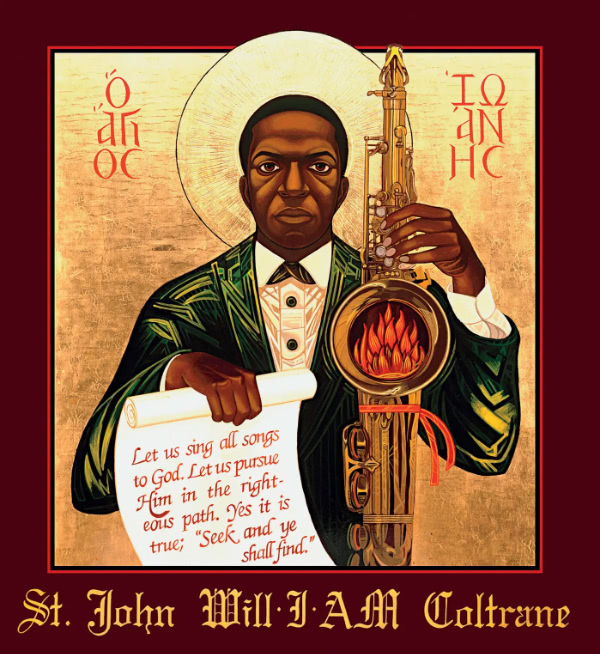
M.H. Miller, writing for The New York Times:
The intensity of the jazz legend’s music has always inspired passion, but in the 1960s, one group of devotees was so stirred they founded a church in his name.
In Minneapolis Schools, White Families Are Asked to Help Do the Integrating

Sarah Mervosh, reporting for the Times:
In a citywide overhaul, a beloved Black high school was rezoned to include white students from a richer neighborhood. It has been hard for everyone.
The Teenagers Getting Six Figures to Leave Their High Schools for Basketball
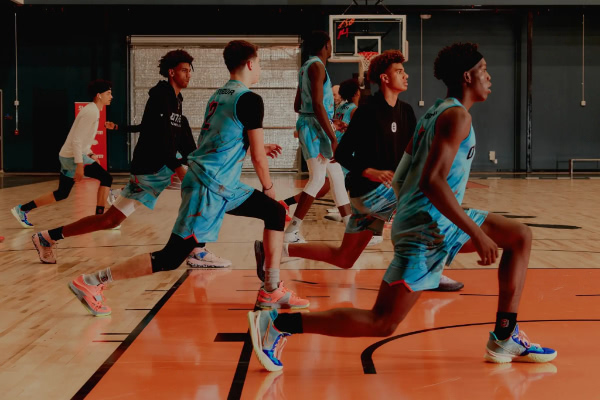
Bruce Schoenfeld for the Times:
[Jalen] Lewis, 16, left his high school in Oakland, Calif., after his sophomore year and signed a multiyear, million-dollar deal to live in Atlanta and play and study with Overtime Elite, hoping to follow a new trail to the N.B.A.
Thriving Black-owned businesses in rural Mississippi
All Things Considered:
Hundreds of new Black-owned businesses are beginning to spring up in Mississippi. The vast, rural Mississippi Delta had been synonymous with racial and economic inequality. NPR’s Kirk Siegler reports on a grassroots effort that is trying to right some of the wrongs of the past.
‘Lawrence is not it, Marcus is where it’s at’

For Colored Nerds:
Season 2 of the HBO Max romantic comedy anthology series, Love Life, follows the ups and downs of Marcus Watkins (William Jackson Harper), a Black man living in New York City with his wife, Emily. All seems well in his marriage until he meets Mia (Jessica Williams) at a party. What ensues is a messy, chaotic and hopeful love story that Brittany and Eric discuss in this week’s episode.
Host Eric Eddings on the show’s lead character Marcus:
So, I truly feel the character of Marcus in this show is actually the version of [Insecure’s] Lawrence that I think the hive projected him to be. Marcus is actually the character that we should be championing.
You must check out season two of Love Life if you haven’t already. It’s so refreshing to see a realistic complex Black character like Marcus in a series like this.
Tessa Thompson Looks Ahead
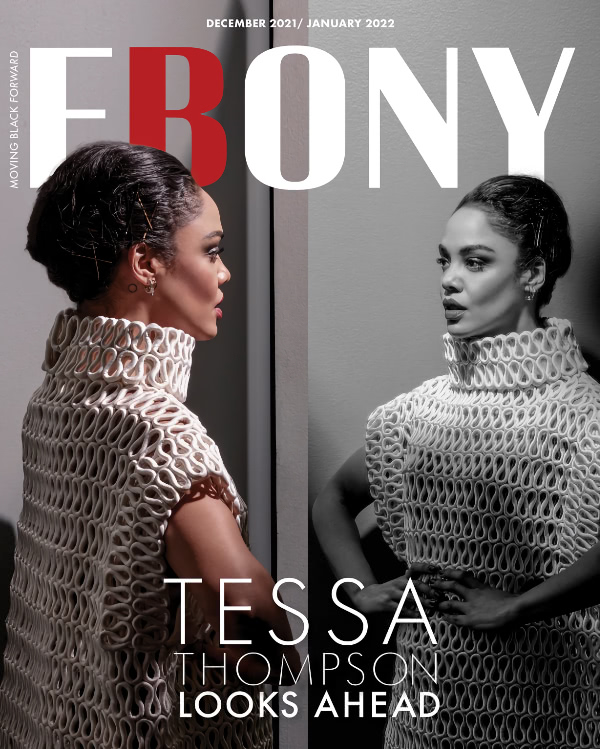
Wesley Lowery profiles the actress for Ebony:
Tessa Thompson has received praise for her striking performance in Passing. The story about the inner world of Black women is a narrative that’s all too rare in Hollywood. With her new production company, the acclaimed actress is determined to upend the system by telling more of our stories and creating more diverse and nuanced lead movie roles for Black actresses.
At Jackson State, the ‘Prime Effect’ Reverberates
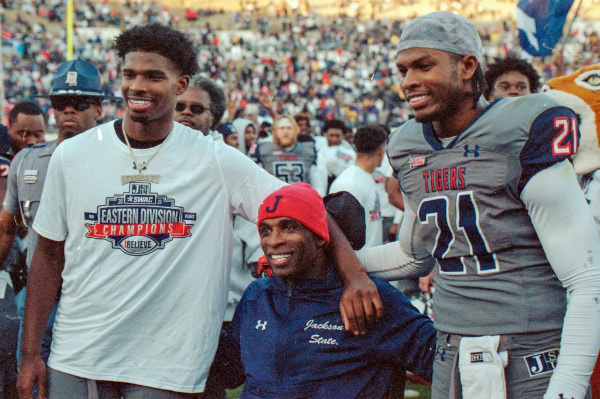
Alanis Thames, reporting for the Times:
In his first full season as the football coach, Deion Sanders has guided the Tigers to the conference championship game and energized a community. He says he’s just getting started.
In debut poetry collection, Amanda Gorman looks at America today through its past

Jeevika Verma, writing for NPR:
In her debut collection Call Us What We Carry, Amanda Gorman, who this year — at 22 — became the youngest ever presidential inaugural poet, reckons with America’s present, particularly with the pandemic. Through the lens of the country’s history, she shows us the path toward healing. […]
Ultimately, Call Us What We Carry points to this inherent hope. In "Closure," Gorman writes, "To begin again / Isn’t to go backwards, / but to decide to go." Looking at our history shows us what our bodies are made of – and that collective memory of strength re-energizes us in our darkest moments.
Celebrating Kenyan Culture, Bold Textile Patterns Disguise Subjects in Thandiwe Muriu’s Portraits
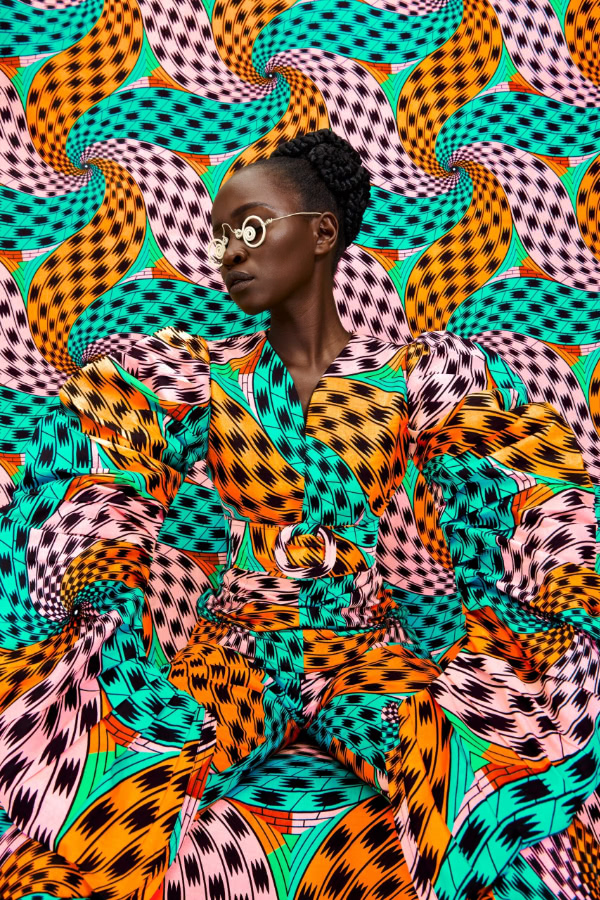
Grace Ebert for Colossal:
What began as a simple appreciation of fabrics printed with vibrant geometries and hypnotic motifs has morphed into a stunning celebration of African culture. Thandiwe Muriu’s ongoing Camo series cloaks models in arresting garments that disguise them in textile surroundings, leaving just their hands and faces visible. “When I source fabrics, I look for something that I can look at and it almost feels alive,” she says. “Something bold, slightly confusing on the eyes, and less traditional. In my images, the fabric acts as the backdrop that I can celebrate my culture on. It is a bright, welcoming canvas that I can highlight what I love about my fellow Kenyan people.”
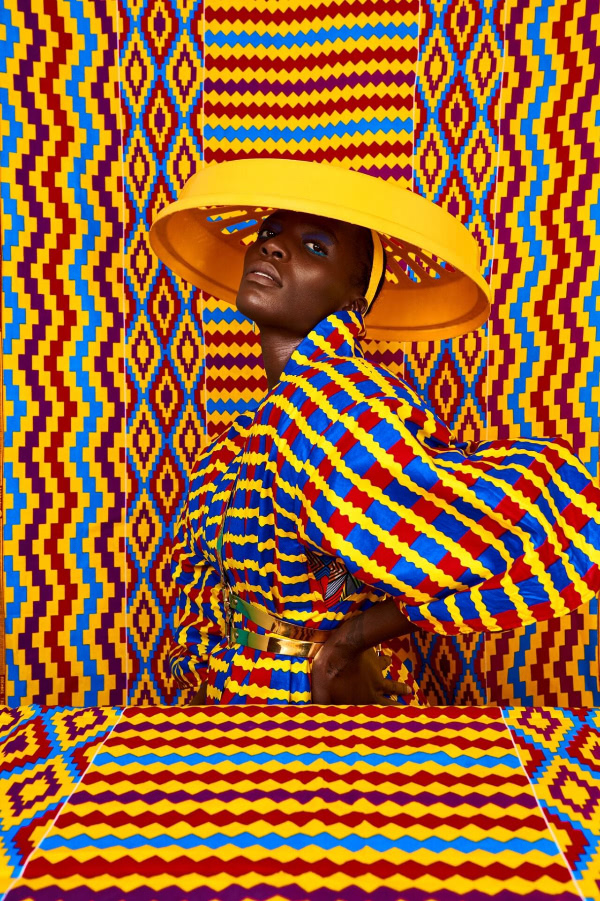
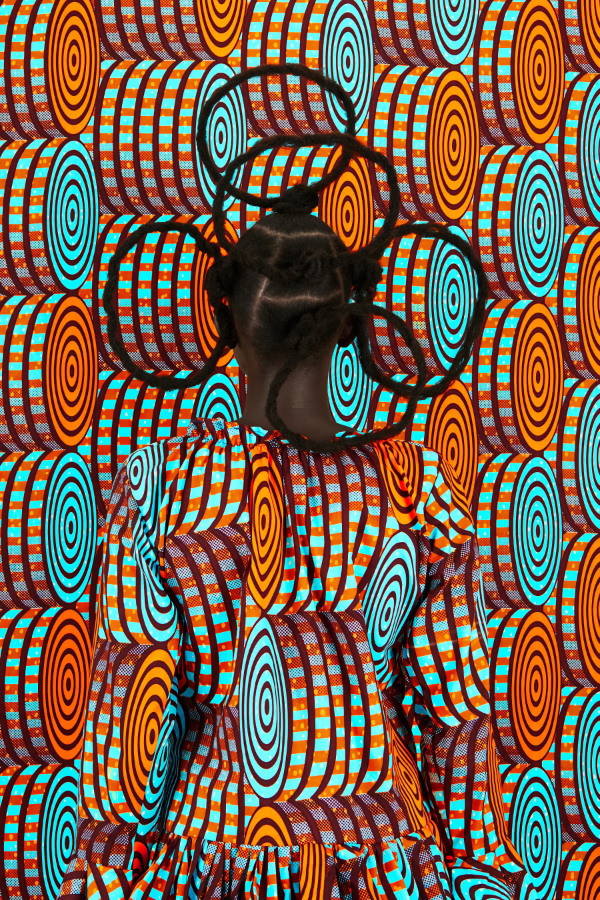
Thanks for reading. See you next week.
